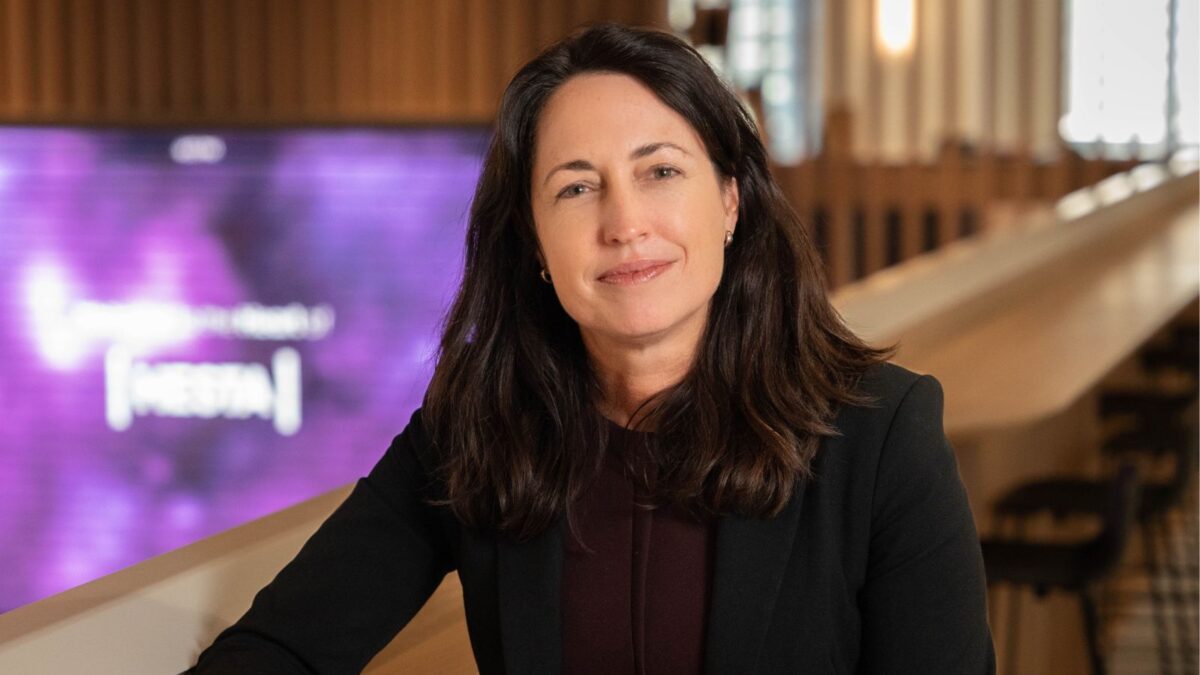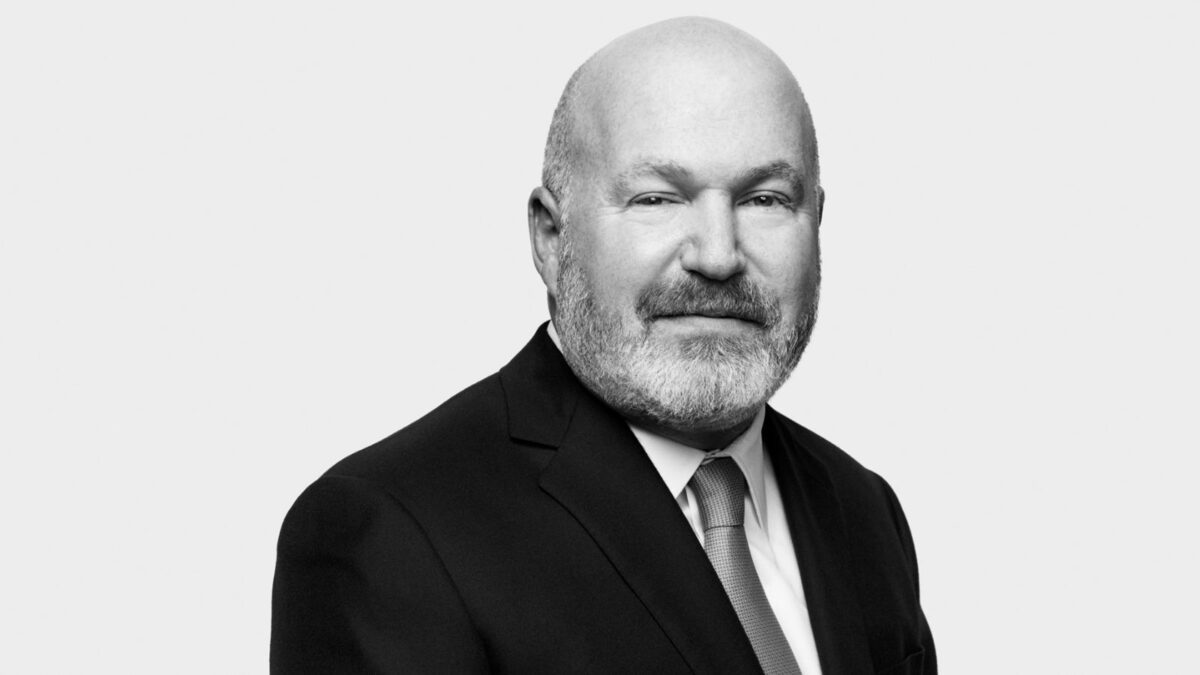How HESTA and ART handle ‘hideous downside scenarios’
Two unexpected things happened the weekend that the Australian Retirement Trust successor fund transfer took place: Russia invaded Ukraine, and Brisbane flooded.
That was a fairly unique experience, ART head of investment strategy Andrew Fisher told the annual Frontier Advisors conference on Thursday, and when the investment team finally made it to the offices of their new fund on Monday, they had “an awful lot going on”.
“One fund had no Russia exposure and hadn’t had any since Crimea (was annexed in 2014),” Fisher said. “The other fund didn’t take the same position. We had a conversation on that Monday that led us to divest from Russia before we were told to. Sometimes it’s better to be lucky than good, but it’s amazing how often you seem to be lucky when you have good governance.”
But the invasion of Ukraine changed geopolitics from something that was thought of as “intellectually interesting” but not relevant for long-term investors to an issue that is always at the back of their minds, said HESTA CIO Sonya Sawtell-Rickson.
“(Before Ukraine) the scale of the geopolitical flare-ups have been pretty small; they’ve mostly been in emerging or frontier markets, where we’d have no exposure, so they haven’t been material for portfolio risk. The difference now is that a lot of the trade wars and protectionism are hitting developed markets… We suddenly can’t ignore it anymore.”
That story looks like it could play out again in the Taiwan Strait. If it happened, it would be vastly different to Ukraine, but the learnings from it still apply. Speed was one of them, Fisher said – to not hesitate in a crisis, because markets move “an awful lot faster” than they did during the GFC. HESTA considered how it would be impacted by another unified policy reaction, and, after stress testing the portfolio, placed new constraints on investing in China, including a smaller liquid exposure and changing its forward return expectations.
Chasing their tails
But the ART experience – where a crisis occurred at the same time the fund was almost deprived of its ability to respond to it – highlights that risky events are becoming more and more common, and arriving in combination. As Fisher joked, none of them were in the stress test.
So what about tail risk – the chance of heavy losses occurring due to a rare event, like so-called black or grey swans? Tail risk hedging strategies, which typically comprise costly bundles of derivatives, are effectively insurance, and recent history is full of examples of big investors deciding to stop paying for it right before their house burned down. In the most infamous example, CalPERS unwound its mandates with Universa and a handful of other tail shops right before the Covid-induced market crash, losing out on a billion dollar payday – and the opportunity to deploy its foregone winnings into the bottom of the market.
“I remember sitting in the room and talking about how Russia was not going to invade Ukraine – right up to the day they did. And I remember talking to too many people who thought they weren’t going to invade.”
Andrew Fisher, ART head of investment strategy
The use of tail risk strategies is controversial in the Australian defined contribution environment, especially during accumulation, where guaranteed inflows mean the risk of deleterious capital destruction is lower (in the tail risk hedging/house fire metaphor, the house rebuilds itself) and that there will usually be cash lying around to buy the bottom of the market.
ART predecessor fund Sunsuper did at one point use an internally designed, externally implemented tail risk hedging strategy for one of its defensive options for post-retirement members, but it cost too much to maintain – which ultimately became a mark on that option’s Your Future Your Super (YFYS) track record – and there were few opportunities for it to pay out; it performed as it was supposed to during the Eurozone debt crisis, but in the end it was thought of not so much as insurance as an opportunity cost.
“We don’t think it’s something that’s strategically advantageous to us; we might do something like that on an opportunistic basis,” Fisher said. “In terms of crisis response, we aim to – regardless of asset allocation – be quite liquid in regard to the balance sheet so that we have the capacity to react to crises; we’re less likely to try and predict and get out of the way of crises than be prepared to act and do something about it afterwards because that’s a thing we can control.
“I remember sitting in the room and talking about how Russia was not going to invade Ukraine – right up to the day they did. And I remember talking to too many people who thought they weren’t going to invade.”
Meanwhile, HESTA has moved away from using hedge funds in its portfolio because they’re hard to risk model and expensive, and Sawtell-Rickson believes there’s better ways to invest the capital. There’s always going to be a “downside scenario that looks hideous”; if all the fund does is hedge then it’s basically just paying insurance.
“But obviously there’s times when the market prices differently and you have to decide whether that tail risk view is greater or more probable and whether that insurance is going to be worth the spend, or whether you can access insurance in other ways that are perhaps mispriced for your base case – so you aren’t paying away return or as much return to try and access insurance,” Sawtell-Rickson said.
“Duration is a great example; you can take a view on that and decide that it’s going to give you a hedge, obviously the most direct hedge would be selling put options or you can try and pursue diversification more broadly and hope to diversify away from your major risk factors. At any point in time we try and do a little bit of everything.”










